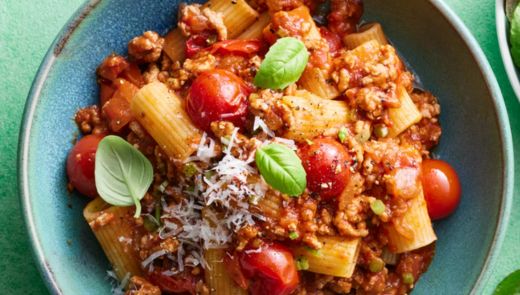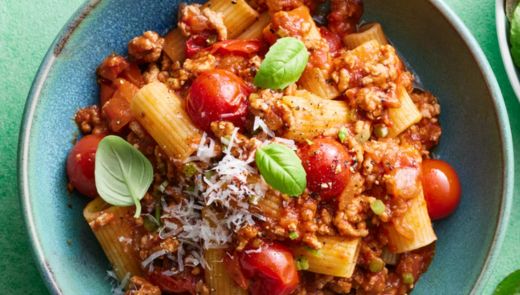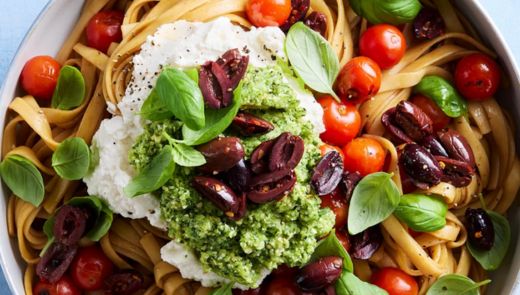By TAPfit Dietician, Julie Masci.
Eating out is becoming a bigger and bigger part of our everyday lives. Many people eat out at least once a day and some eat almost all meals away from home. With our busy lifestyles, eating out is likely to continue being a big part of our lives. Dining out is also a way to socialize with friends and family or to celebrate special occasions. Therefore, it may be unrealistic or impossible to completely avoid eating out, so we need to learn how to manage it instead. Along with any other lifestyle change, eating out can be part of a healthy life as long as you are willing to preplan and learn to make better choices.
First it is critical to watch portions when eating out, as most restaurants serve as much as 2-3 servings of food per plate. Start by learning at home how to eyeball a single serving of food, especially for those high in carbohydrates. High carbohydrate foods, such as rice or pasta, are cheap for restaurants and are served in very large quantities. Consider asking your server to box up half of your meal before coming to the table to prevent you from over eating. Or share entrees, which are usually enough for more than two people.
Before going out be sure to become familiar with the menu, if it is available online. To prevent you from ordering an unhealthy choice, it can be helpful to know your menu before you even arrive at the restaurant. Plan what you will order ahead of time and be the first to order to prevent yourself from being influenced by other’s choices.
When ordering, skip the high calorie soft drink and limit your alcohol intake. Soft drinks can add a significant number of calories to your meal before you even start eating. And we usually don’t eat less to compensate for the calories consumed via a beverage. Alcohol can lower your inhibitions, leading you to order dessert or to make a less than ideal choice. Go for water, unsweetened tea, or a calorie-free beverage instead.
Skip the bread, chips, or anything brought to the table before your meal. Once the bread hits the table, it is difficult to avoid eating it, especially if you are hungry. If the bread is unlimited, then you can really be in trouble and consume a ton of calories before your meal even arrives. Ask the server to not put the bread on the table at all so you can avoid temptation.
As you scan the menu, look for options that have been steamed, broiled, or grilled. Avoid the words fried, crispy, or breaded, as this can mean the food contains a lot of calories. Avoid items that have heavy gravies or cream sauces. Usually, carbohydrate-based foods such as pasta or rice dishes are served in large portions which are very high in calories and can promote overeating. Watch out for the size of the roll or bread on a sandwich, consider ordering your sandwich “open faced” with only half the bread. Many restaurants will serve the sandwich wrapped in lettuce instead of with bread, which can cut a significant amount of calories, so be sure to ask.
When ordering, be sure to ask a lot of questions. Ask if the food contains any special sauce that may be high in calories. Or you can also ask more detailed questions about how the food is prepared. Ask for any high carbohydrate side dishes, such as French fries or bread to be substituted for a vegetable to cut back on calories. Many restaurants will make substitutions for a small fee. You may also want to start your meal with a broth-based soup or salad. This can help you feel full and may cause you to eat less once the meal comes. Or before your meal comes, ask your server to box half of it up for you to take home. Or share an entrée with a friend!
Lastly, be aware that regardless of how prepared you are at restaurants, you can never be 100% sure of what exact ingredients are in the food. Take this into account by increasing your physical activity on days you eat out to compensate for the calories eaten. Overall, you can eat healthfully and eat out with just a little bit of planning ahead.




